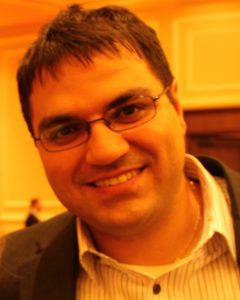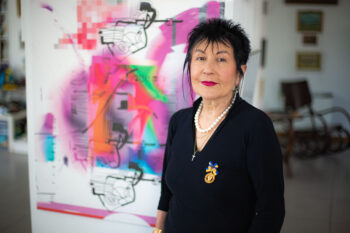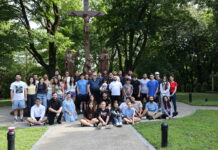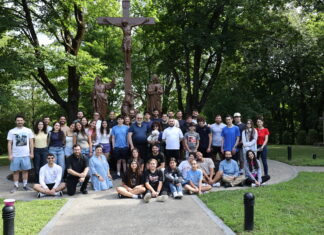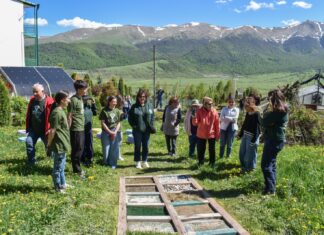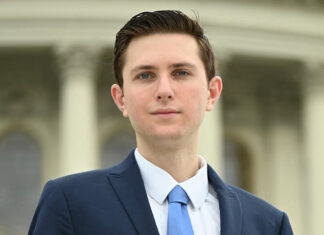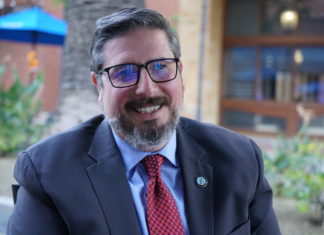Bedross Der Matossian Gives Back by Educating America’s Scientocracy on the Middle East
By Andy Turpin
Mirror-Spectator Staff
CAMBRIDGE, Mass. — Prof. Bedross Der Matossian, Middle East history lecturer at the Massachusetts Institute of Technology (MIT), is a man committed to his role as a scholar in his field and as an educator for the best and brightest of the US’s premier engineering and scientific educational institution.
He spoke recently about his life and work, beginning by stating,
“I’m organizing a conference on March 13th entitled ‘America’s Response to the Armenian Genocide: From Woodrow Wilson to Barack Obama’ at MIT. I believe we’re very much going to have some very poignant research and dialogue presented and I think it will be very timely before April 24[the international day of recognition of the Armenian Genocide].”
